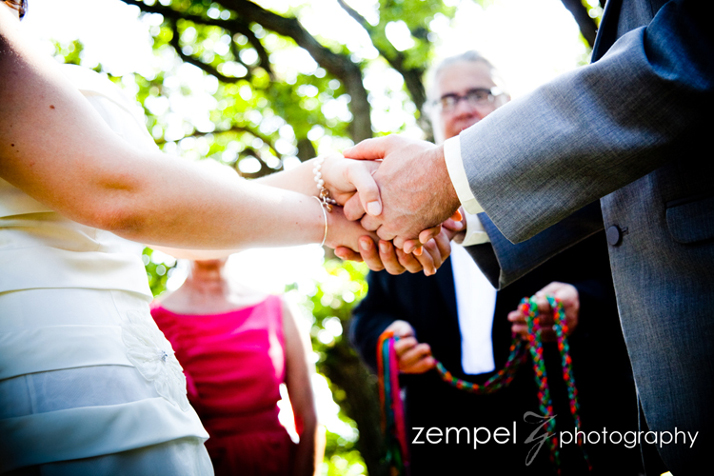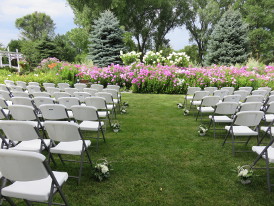Expressing Gratitude: A Gracious Touch
Expressing gratitude at your wedding is a gracious touch to a day normally focused exclusively on you as a couple. With the Thanksgiving holiday this week, it is a natural time to reflect on all the things we are grateful for in our lives. I invite you to consider highlighting some of that gratitude when gathering with your family and friends to celebrate at your wedding, too.
Here are just a few of the people you might want to recognize in your ceremony:
– The guests who have gathered to celebrate with you. Expressing gratitude to everyone for making the effort to be there in the opening moments of the ceremony will make them feel appreciated and a part of your day.
– Family members and friends who have passed or are not able to be with you due to illness, geography, or military service. These loved ones can be honored with a general statement, or by naming them, or by invoking a moment of silence in their memory. Alternately, a candle can be lit in their memory, a memorial note can be placed in your ceremony program, or pictures of them can be placed in a prominent location in either the ceremony space or reception venue.
– Expressing gratitude and appreciation for your parents can be included in your wedding ceremony or in toasts at your reception. You might consider what they have given you growing up – opportunities, love, and support as you grew into the person you are today. Or perhaps they have been very supportive of your relationship, or with planning your wedding day. You might even thank each others parents for raising the person who you love.
– If the people who introduced you are at your wedding, giving them a special nod or even a role in your ceremony can be a wonderful touch. I’ve had friends share a reading, and mentioned the maid of honor or groomsmen who introduced the couple. In one special ceremony, the relatives who introduced the couple were invited to participate in the sand ceremony, pouring the first layer of sand symbolizing the family foundation that the couple’s relationship is built on.
– And finally, you want to find a way to express your gratitude to your partner. If you’re writing your own vows, remember to mention the positive impact they have had on you, or how much you love them, or how wonderful it is to consider a future by their side. Otherwise, your toast at the reception is another good place to thank them and tell everyone what a wonderful person they are.
While the wedding day is all about you, expressing gratitude for the important people in your life is a thoughtful and gracious gesture. It demonstrates your appreciation of the fact that we walk through life surrounded and impacted by others, and that will be true throughout your marriage, too.


